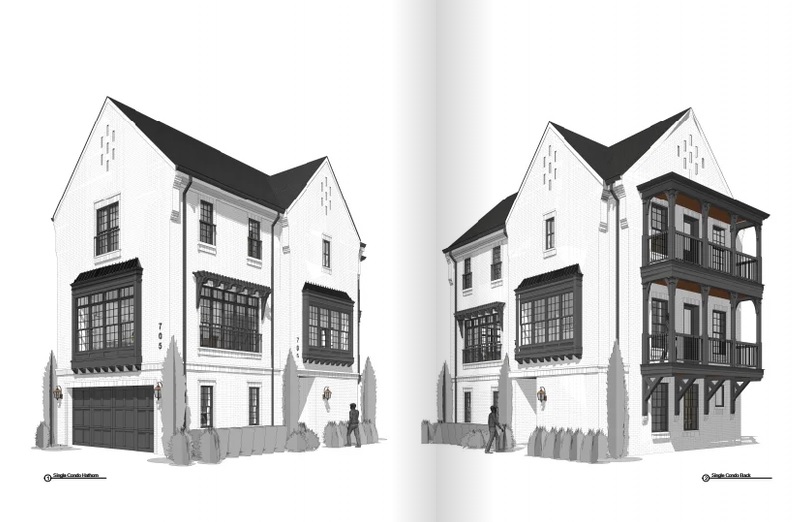Vision 2037 protects, improves
Published 11:43 am Tuesday, October 6, 2015
As Bob Dylan sings, “The Times They Are A-Changin’” and most of us in Oxford would agree, particularly future planning and zoning regulations with the newly drafted Vision 2037. I would like to echo. Tim Phillips’ column from Sunday, Oct. 4, 2015, and thank those involved with the Vision 2037.
Despite the city’s and Orion Planning Group’s concerted efforts to explain the purpose and function of Vision 2037, confusion remains. Dissention and NIMBY-ism (Not In My Back Yard) is to be expected from those opposed to or do not want their property affected, positively or negatively, by proposed change and it did so in a column by Mr. Dave Tatum run on Sunday, Oct., 4, 2015. What concerns me about Mr. Tatum’s column was not his opinion about Vision 2037, but rather a misunderstanding of what is Vision 2037 and how it functions.
Orion Planning Group has carefully and creatively interpreted the needs and wants expressed by members of our community which is conveyed in Vision 2037. A part of the vision for the future of Oxford includes development that is more neighborhood-based that promotes walkability and less dependence on automobiles. For those that have not reviewed Vision 2037, Orion Planning used Mid-Town Shopping Center in a series of illustrations in Vision 2037 showing how Mr. Tatum’s property could be redeveloped in the future using code based planning with buildings addressing the street.
Trending
The city cannot impose the architectural and engineering guidelines within Vision 2037 just because it has been adopted without amending development codes also. However, Mr. Tatum suggests in his column, using the Tree Ordinance as an example, that the city can immediately impose Vision 2037 on land owners at the land owner’s expense. Yes, land owners and developers will bear any and all development costs on their property, but only when they choose to develop or redevelop their property. Further, a double-standard is suggested. Those who follow the aldermen as well as the preservation and planning commissions meeting agendas know this is further from the truth. The city is bound to adhere to its own codes, and the city frequently has items on those agendas for review and approval.
Unless the city chooses not to adopt Vision 2037 and, most importantly, revise the current development codes, Vision 2037 is just that — a vision. I have no doubt that the mayor and board of alderman will adopt and put Vision 2037 into practice. Vision 2037 is a positive for our town, and it will serve to only further protect and improve our beloved Oxford.
Matthew Copp
Oxford





